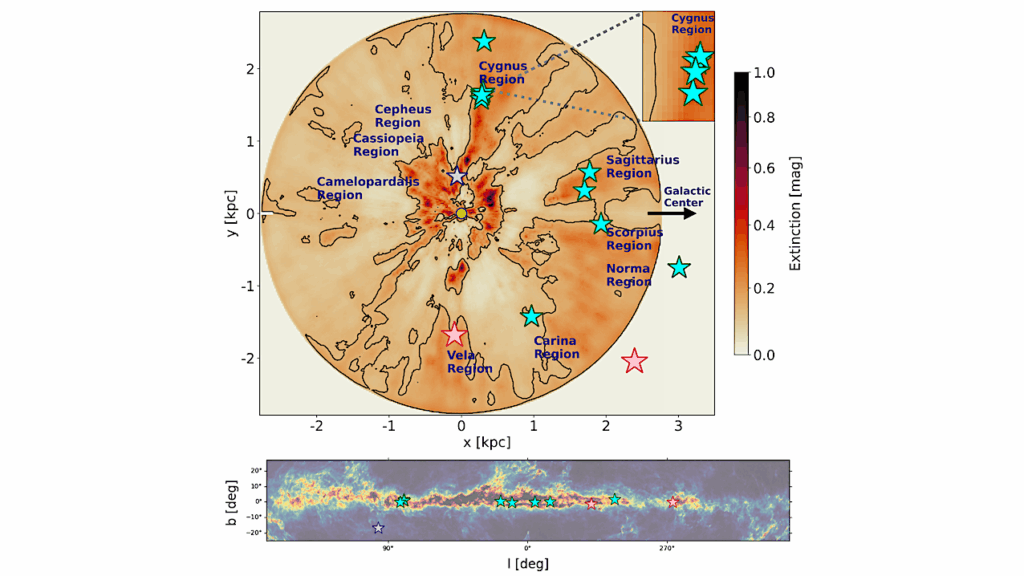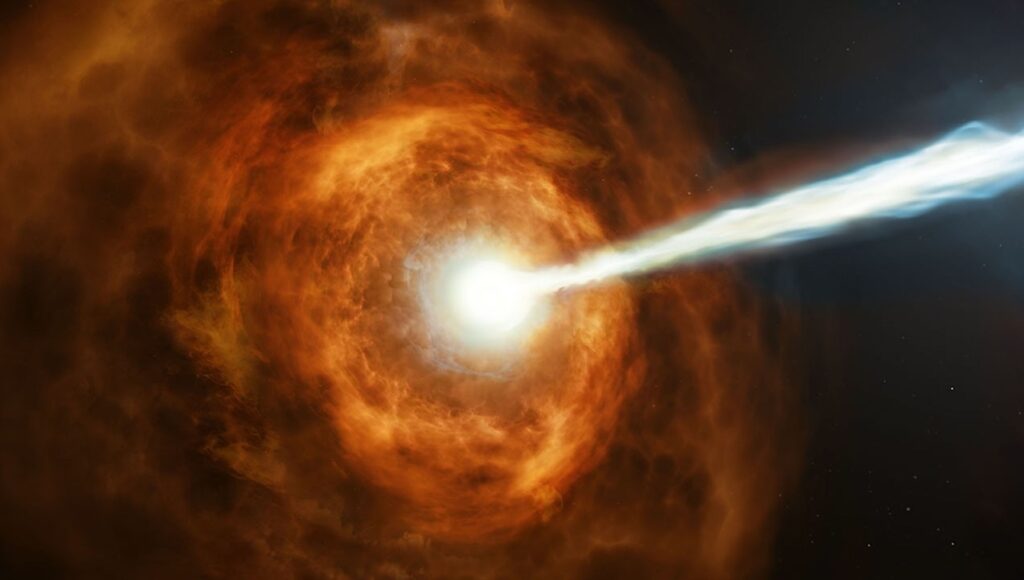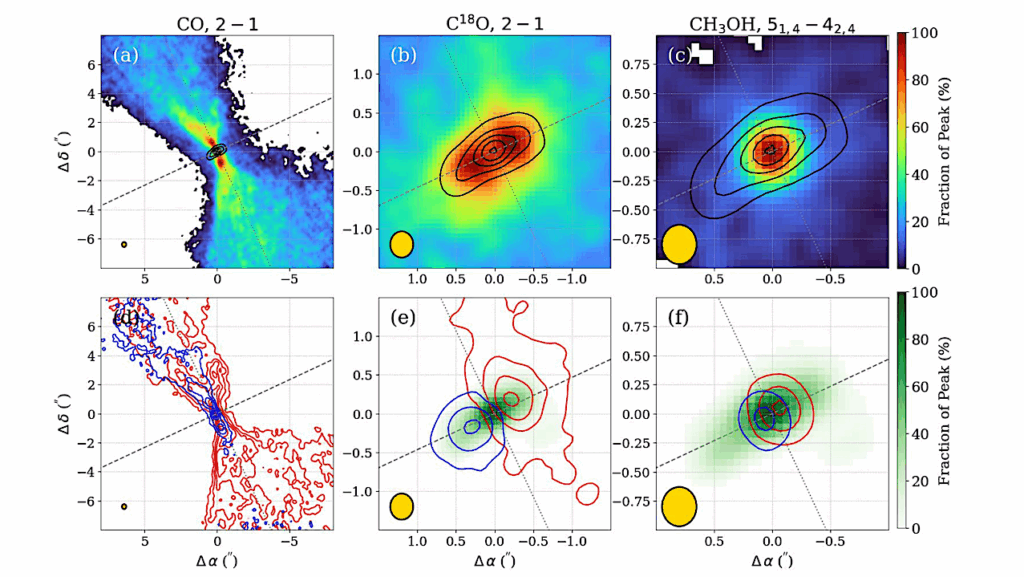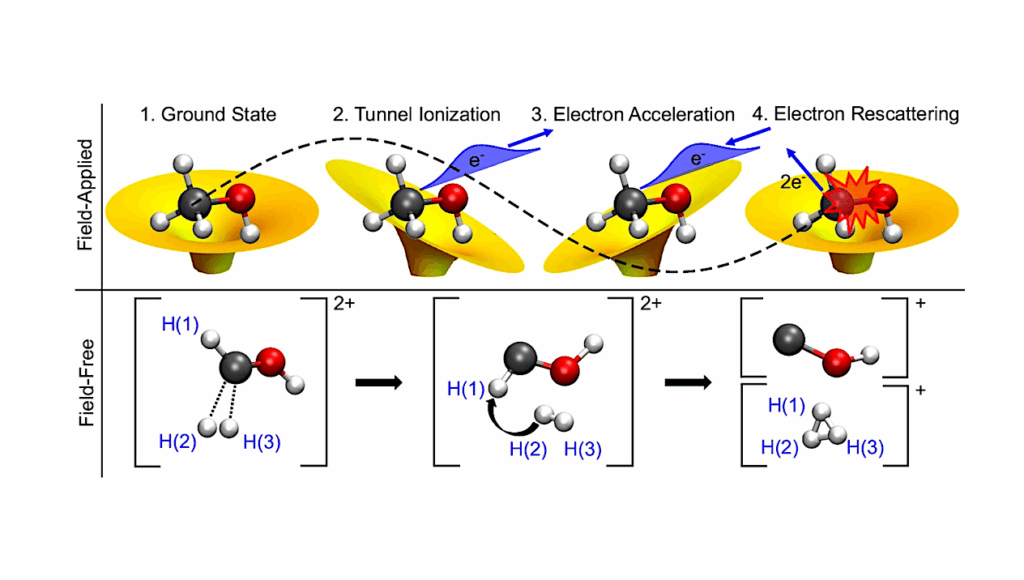Interstellar Mission Update: NASA Makes Progress Toward Understanding Voyager 1 Issue
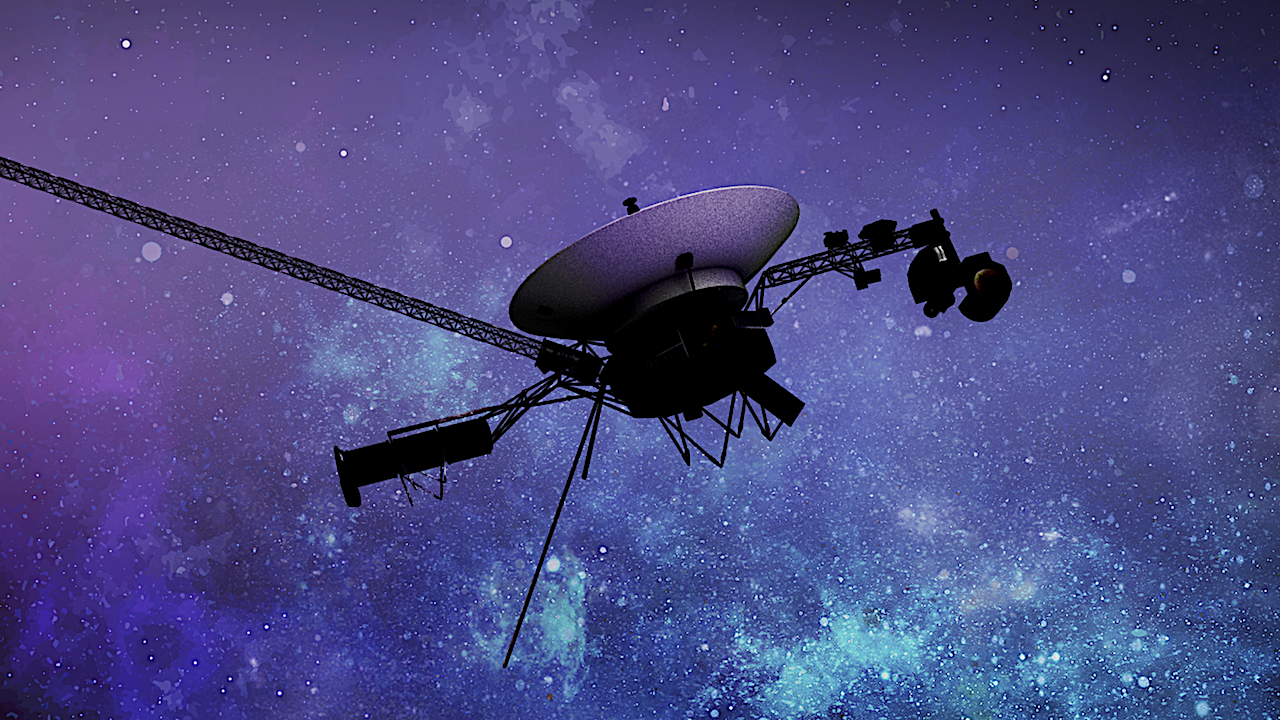
Since November 2023, NASA’s Voyager 1 spacecraft has been sending a steady radio signal to Earth, but the signal does not contain usable data.
The source of the issue appears to be with one of three onboard computers, the flight data subsystem (FDS), which is responsible for packaging the science and engineering data before it’s sent to Earth by the telemetry modulation unit.
On March 3, the Voyager mission team saw activity from one section of the FDS that differed from the rest of the computer’s unreadable data stream. The new signal was still not in the format used by Voyager 1 when the FDS is working properly, so the team wasn’t initially sure what to make of it. But an engineer with the agency’s Deep Space Network, which operates the radio antennas that communicate with both Voyagers and other spacecraft traveling to the Moon and beyond, was able to decode the new signal and found that it contains a readout of the entire FDS memory.
The FDS memory includes its code, or instructions for what to do, as well as variables, or values used in the code that can change based on commands or the spacecraft’s status. It also contains science or engineering data for downlink. The team will compare this readout to the one that came down before the issue arose and look for discrepancies in the code and the variables to potentially find the source of the ongoing issue.
This new signal resulted from a command sent to Voyager 1 on March 1. Called a “poke” by the team, the command is meant to gently prompt the FDS to try different sequences in its software package in case the issue could be resolved by going around a corrupted section.
Because Voyager 1 is more than 15 billion miles (24 billion kilometers) from Earth, it takes 22.5 hours for a radio signal to reach the spacecraft and another 22.5 hours for the probe’s response to reach antennas on the ground. So the team received the results of the command on March 3. On March 7, engineers began working to decode the data, and on March 10, they determined that it contains a memory readout.
The team is analyzing the readout. Using that information to devise a potential solution and attempt to put it into action will take time.
Astrobiology, Interstellar,



